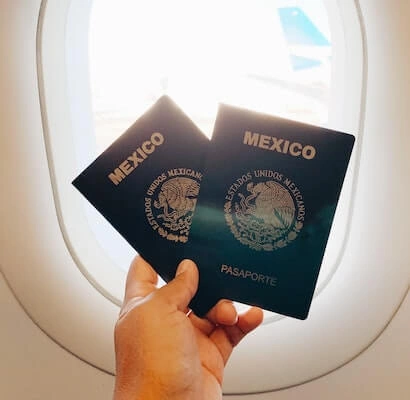- Visa Application Fee
- Visa Policy For Afghanistan
- Visa For Indian Nationals
- E-Visa (Online Visa)


A migration visa allows individuals to move from one country to another for the purpose of living, working, or joining family members. This visa type is designed for long-term or permanent relocation. Migration visas differ from temporary visas, which typically cover short visits for tourism, study, or business. Depending on the country and the type of migration visa, applicants may have the right to live and work in the country for an extended period or even gain permanent residency and citizenship.
Canada's Growing Economy People apply for migration visas for various reasons, such as: Work opportunities: Some migrate to pursue better career prospects or job offers. Family reunification: A migration visa allows people to join their family members who already reside in another country. Study: Students who wish to pursue higher education abroad may apply for a migration visa, although many countries offer separate student visas. Improved quality of life: Migration may also be driven by personal reasons like better healthcare, safety, or living conditions.


There are various types of migration visas, and the specific type depends on the country's immigration policies. Common categories include: Skilled Worker Visas: These are issued to individuals with skills in demand by the host country. Examples include the Australian Skilled Migration Visa or the U.S. H-1B Visa for professionals. Family Migration Visas: These allow family members (spouses, children, parents) to join a relative who is a permanent resident or citizen in another country. Investor Visas: These are issued to individuals who are willing to invest a certain amount of capital in a country to stimulate its economy, such as in the U.S. EB-5 Visa. Humanitarian Visas: Some people migrate under humanitarian grounds, such as fleeing war, persecution, or violence. These visas include refugee visas or asylum visas.
The eligibility for a migration visa varies greatly by country, but typical criteria may include: Employment or Skills: Many countries, such as Canada or Australia, have skilled migration programs where applicants must demonstrate that they possess specific skills or qualifications needed in the host country. Family Relationships: A common path to migration is through family sponsorship, where a relative residing in the country sponsors the applicant's move. Financial Stability: In some cases, applicants need to prove they can financially support themselves and their family once they arrive in the host country. Health and Character: Immigration authorities often require applicants to undergo medical exams to ensure they don’t have serious communicable diseases, and they may perform criminal background checks.

The application process for a migration visa generally involves the following steps: Check Eligibility: Before applying, ensure you meet the specific criteria for the visa type you're applying for. Gather Required Documentation: Typical documents include proof of employment, family relationships, financial status, medical examination results, and more. Submit an Application: This can often be done online or via the country’s immigration office. Wait for Approval: The processing time can vary widely depending on the country and the type of visa you’re applying for. It may take months for some visa types. Attend Interviews: In some cases, applicants may be asked to attend an interview at a consulate or embassy. Visa Issuance: Once approved, applicants will receive their migration visa and can proceed with their plans to relocate.